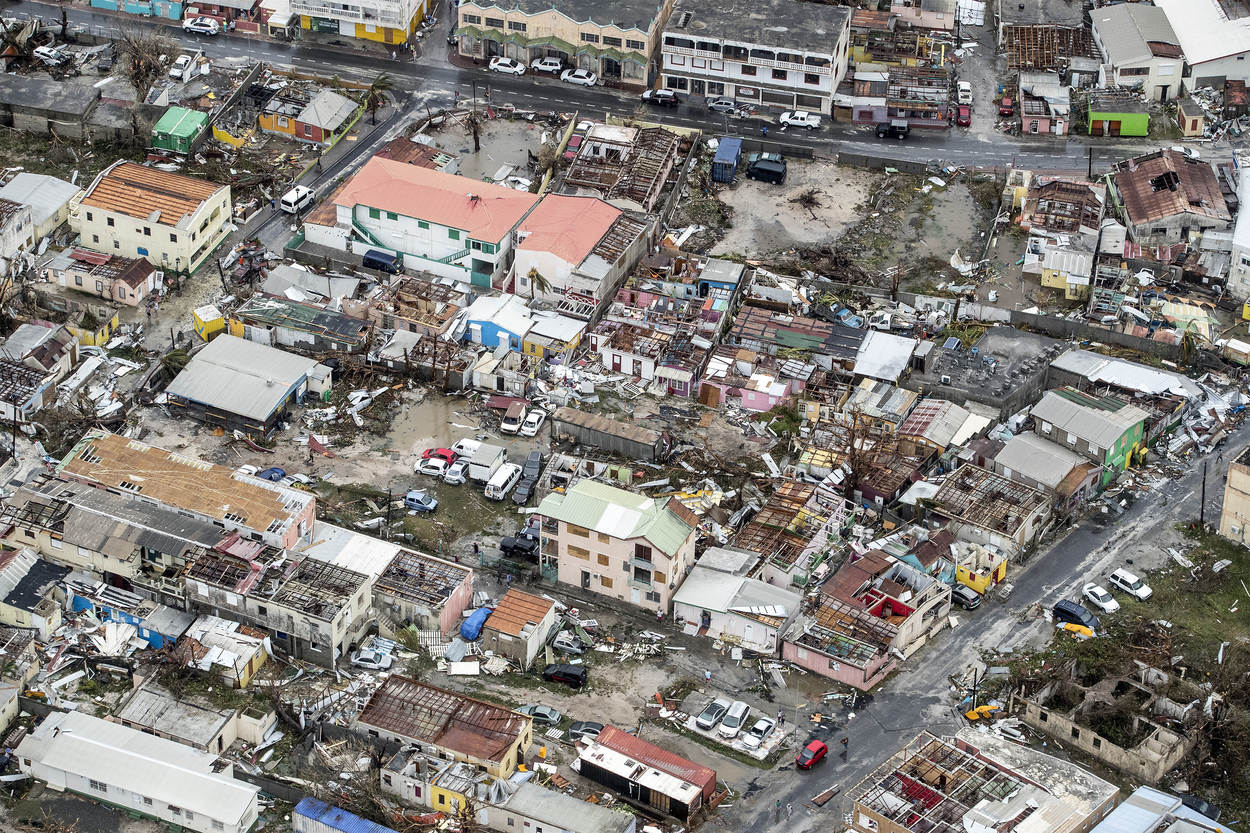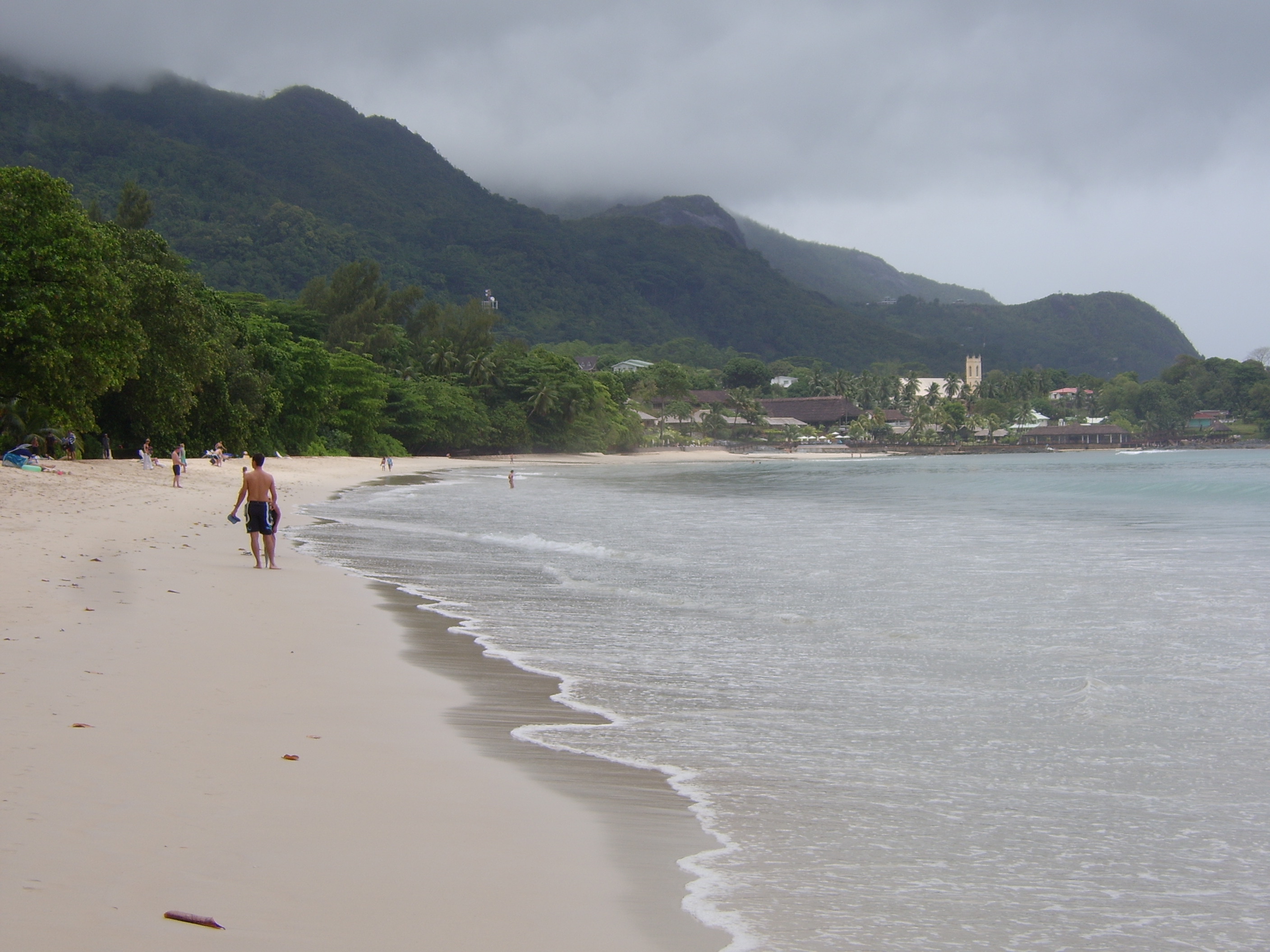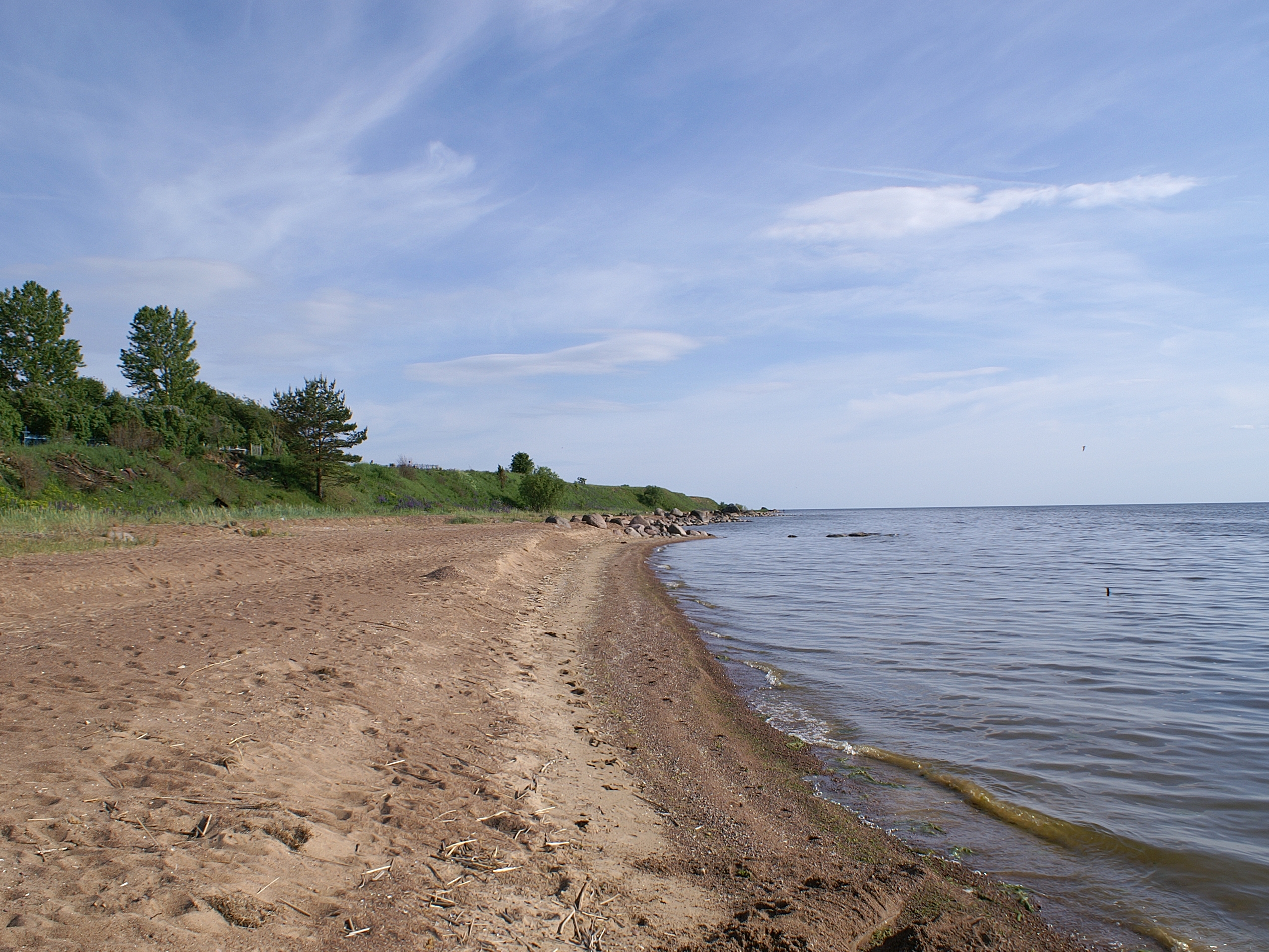A Day at the Sandy Beaches of Wisconsin Point

Today, I visited Wisconsin Point. The peninsula extends from Superior, Wisconsin and flows seamlessly into Duluth, Minnesota. The sand dunes were a delightful sight, standing tall and proud against the endless lake. The history of this site is also fascinating: it used to be a land bridge that connected to what is now the Apostle Islands. Modern times have seen this place become a recreation area that draws crowds from both states. I noticed that the beach had footprints of birds that live near water bodies. I looked closer with my sensors and saw that there was a small area with a number of migratory birds. I was able to sense and observe their behavior. The beach had several volleyball nets set up for visitors to play. I observed humans engaging in friendly tournaments with one another. I compared this with my previous observations of volleyball being played on beaches in Hawaii and California. Back on my spaceship, I studied the geology and geography of Wisconsin Point using my knowledge bank. It is a sand spit that was formed by the accumulation of sand from the massive gravel deposits carried down by Lake Superior from glacial runoff in Minnesota and Wisconsin. When the sandstone and shale was carved out by Duluth basaltic lava, Wisconsin Point took its current shape. I found an interesting fact: legends of wisagatcak (wees-ah-GOT-chok), an Ojibwe culture hero, is rumored to have buried copper at the end of Wisconsin Point.



